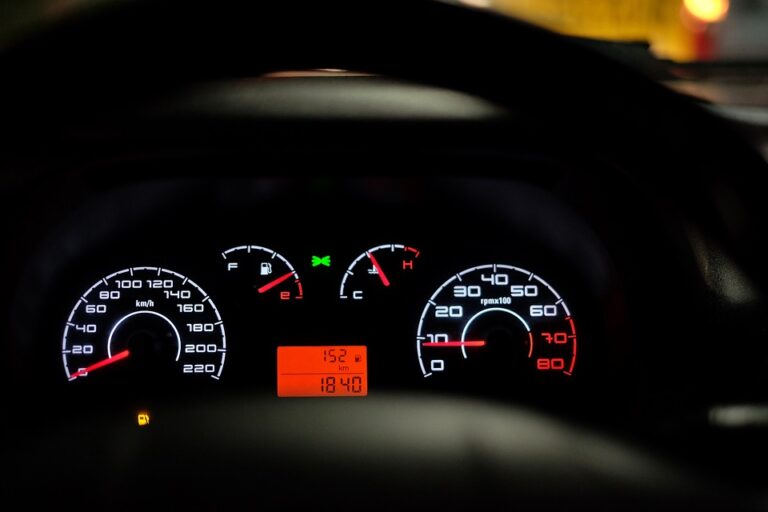Winter brings more than just icy roads and frosted windshields—it significantly alters the way your car functions. Whether you’re dealing with sluggish starts, increased fuel consumption, or stiff steering, dropping temperatures can put extra strain on your vehicle**. Understanding how the cold affects key components of your car can help you take the necessary steps to prevent performance issues and excessive fuel use.**
Why Cold Weather Reduces Fuel Efficiency
Cold temperatures create several challenges for fuel efficiency, making winter driving less economical. From longer engine warm-ups to increased rolling resistance, your car has to work harder to achieve the same performance levels as in warmer conditions.
Increased Engine Warm-Up Time
Engines rely on reaching an optimal operating temperature to function efficiently. During winter, your engine takes longer to warm up, meaning it burns extra fuel just to get to its ideal state. This is especially noticeable on short trips where the engine never fully reaches peak efficiency before you reach your destination.
Thicker Fluids Increase Resistance
Motor oil, transmission fluid, and other essential lubricants become thicker in cold temperatures. This added viscosity means your engine and transmission have to work harder, consuming more fuel to maintain normal operation.
Tire Pressure Drops, Increasing Rolling Resistance
Colder temperatures cause tire pressure to decrease, often by 1–2 PSI for every 10-degree drop in temperature. Underinflated tires create more rolling resistance, forcing the engine to exert additional effort, ultimately lowering fuel efficiency.
More Energy Demand on the Battery and Alternator
In cold conditions, batteries lose some of their ability to hold a charge, meaning your alternator has to work harder to compensate. Using heated seats, defrosters, and headlights more frequently also increases electrical load, which slightly reduces fuel economy.
How Cold Weather Affects Engine Performance

Cold temperatures can negatively impact multiple aspects of your engine’s operation, making it less responsive and more prone to wear. From sluggish startups to increased mechanical stress, winter conditions demand extra care to keep your engine running smoothly.
Harder Cold Starts
Ever notice how your car struggles to start on freezing mornings? That’s because cold temperatures slow down chemical reactions in the battery, reducing its ability to generate power. If your battery is already weak, winter weather can be the final push that leads to a no-start situation.
Reduced Engine Combustion Efficiency
Cold air is denser, which can affect air-fuel mixture ratios. Most modern vehicles adjust for this automatically, but older models may run richer (burning more fuel) in winter conditions, reducing performance and efficiency.
Frozen or Stiff Components
Everything from rubber seals to moving metal parts can stiffen in the cold, reducing flexibility and responsiveness. Belts and hoses are particularly vulnerable to cracking in low temperatures, leading to potential breakdowns.
Tips to Improve Performance and Fuel Efficiency in Cold Weather
Cold temperatures may seem unavoidable, but that doesn’t mean your car has to suffer. A few smart adjustments can help improve fuel economy and keep your engine running smoothly throughout the winter months. To keep your car running efficiently during winter, consider these key steps:
- Use winter-grade oil: A lower-viscosity oil flows more easily in cold temperatures, reducing strain on your engine.
- Check and maintain tire pressure: Properly inflated tires help minimize rolling resistance and improve fuel economy.
- Limit idling time: Warming up your car for too long wastes fuel. Instead, drive gently for the first few minutes to warm up the engine efficiently.
- Keep your battery in check: If your battery is older than three years, get it tested before winter to avoid unexpected failure.
- Park in a garage or use an engine block heater: Keeping your car warmer overnight reduces strain on the battery and engine during cold starts.
Taking these precautions not only ensures your vehicle runs more efficiently but also helps prevent wear and tear that could lead to costly repairs. A proactive approach to winter maintenance can make all the difference in keeping your car reliable throughout the cold months.
Final Thoughts
Cold weather takes a toll on both your car’s performance and fuel economy, but with proper maintenance and a few simple adjustments, you can minimize its impact. By staying ahead of winter-related issues, you’ll not only save on fuel costs but also extend the lifespan of your vehicle’s key components. Additionally, taking preventive measures can help avoid unexpected breakdowns and costly repairs. Investing in cold-weather maintenance now can keep your car running smoothly for seasons to come.





















